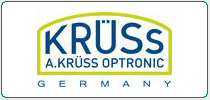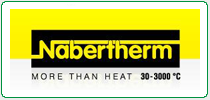-
MonPM+07E_November+0700RNovPM+07_+07+07:0004
-
Created: 15 November 2021
FLOORING ADHESIVES VISCOSITY MEASUREMENT APPLICATIONS
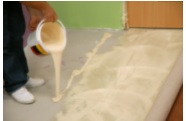 USE
USE
For linoleum and other types of heavy duty flooring materials.
ISSUE
Heavy flooring adhesives generally produce highly variable viscosity test results when using standard viscometers. RST-SST Rheometer in a yield test with modulus calculation (slope of line leading up to yield stress) quickly qualifies the product with consistently repeatable results, thereby providing an improved QC procedure.
TEST EQUIPMENT
Instrument: RST-SST Soft Solids Tester
Geometry: VT-20-10 Vane Spindle
Software: RHEO 3000
TEST METHOD
Shear Rate (CSR) control with vane spindle rotating at a low speed.
PROGRAM
• One step
• Start RPM = 0.5
• End RPM = 0.5
• Time = 30 seconds
• Plot = Stress on Y-axis, Strain on X-axis
• Regression analysis using values up to 40% of maximum shear stress
Four types of adhesives are evaluated in Figure 1. Modulus determination was set to evaluate up to 40% of peak stress value. The following modulus values were reported:
Sample A: G = 35550 Pa
Sample B: G = 34419 Pa
Sample C: G = 28862 Pa
Sample D: G = 16652 Pa
The vane spindle geometry easily accommodates adhesives of varying consistency and produces a repeatable curve that allows for quick pass/fail test. In Figure 1, Sample D has the lowest modulus and therefore spreads most easily. Samples A and B have the highest modulus and are comparatively stiffer when spreading.
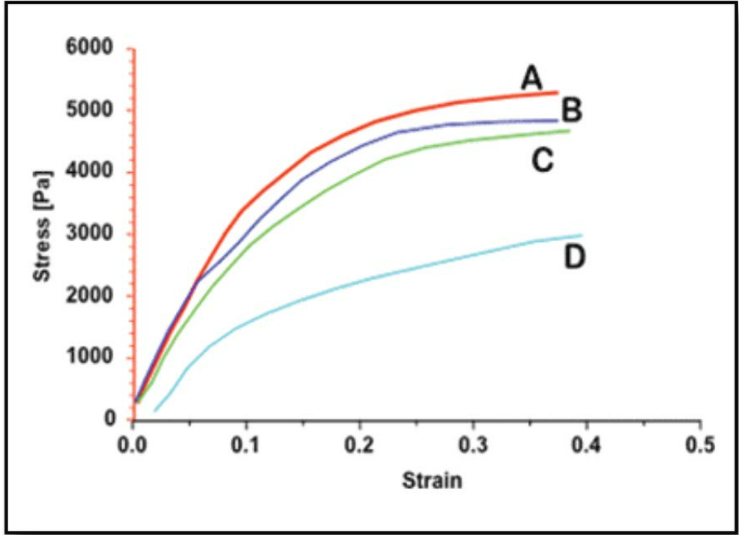
Figure 1: Evaluation of Four Types of Adhesives. Stress vs. Strain
Contact us : This email address is being protected from spambots. You need JavaScript enabled to view it.
-
MonPM+07E_November+0700RNovPM+07_+07+07:0004
-
Created: 15 November 2021
DISWASHER DETERGENT VISCOSITY MEASUREMENT APPLICATIONS
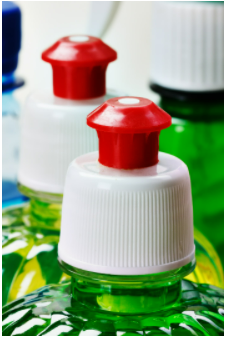 Use
Use
To be used in a dishwasher to help clean dishes.
METHOD 1
Test Equipment
Instrument: DV3T Rheometer
Spring Torque: HB
Spindle: HB-3
Speed: 5, 10, 50, 90, 130, 170, 210 and 250 RPM
Temperature: Room Temperature (70°-72°F)
Test Method
We used a Brookfield DV3THB Rheometer with Rheocalc™ software for automated instrument control and data acquisition. We ran our test at room temperature (70-72°F) in a 600 mL beaker. We used an HB-3 spindle immersed to its immersion mark. Three trials were run to ensure repeatability. Each trial was run in a new portion of the sample. Representative data from the analyses are shown in Figure 1 which shows that the viscosity of the Dishwasher Detergent decreased as the shear rate increased. This behavior is known as “shear-thinning.” Results over the range of shear rates were all on-scale between 10 and 100% of fullscale range torque. Note that all three curves lay on top of one another, which shows excellent repeatability.
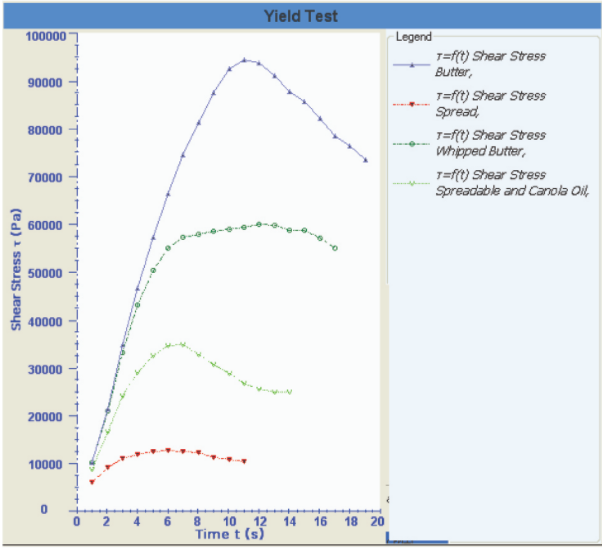
Figure 1: Dishwasher Detergent at 70°-72°C
Viscosity vs. Rotational Speed
METHOD 2
Test Equipment
Instrument: DV3T Rheometer
Spring Torque: HA
Spindle: SC4-27 Spindle with 13RPY Sample Chamber
Accessories: Small Sample Adapter, TC-550AP Programmable Refrigerated Bath
Speed: 10, 20, 30, 40, 50, 60, 70, 80, 90, 100, 110, 120, 130, 140, 150, 160, 170, 180, 190, 200, 210 and 220 RPM
Temperature: 25°C
Test Method
The Small Sample Adapter may be used with various Brookfield Viscometers or Rheometers. In our example, we used a Brookfield DV3THA Rheometer with Rheocalc™ software for automated instrument control and data acquisition. Our test temperature of 25°C was maintained by connecting the Small Sample Adapter water jacket to a Brookfield TC-550AP Programmable Refrigerated Bath.
Three different samples were tested to ensure repeatability. A syringe was used to measure 10.4 mL of the sample and dispense it into the chamber. The Small Sample Adapter can be an extremely valuable accessory, especially if you would like to use much smaller samples than required to perform Method 1. Representative data from the analyses are shown in Figure 2.
Figure 2 shows that the viscosity of the dishwasher detergent decreased as the shear rate increased. This behavior is known as “shear-thinning”. Results over the range of shear rates were all on-scale between 10 and 100% torque. Results were repeatable.

Figure 2: Dishwasher Detergent at 25°C
Viscosity vs. Shear Rate
METHOD 3
Test Equipment
Instrument: DV3T Rheometer
Spring Torque: RV
Spindle: V-73 Vane Spindle, Immersed to the Primary Immersion Mark
Speed: 1 RPM
Temperature: Room Temperature (70°-72°F)
Test Method
We used the Brookfield DV3TRV Rheometer, with EZ-Yield™ software for automated instrument control and data acquisition. The yield stress tests determine the stress that must be applied to make a material flow. The corresponding apparent yield strain is the deformation at which the sample structure breaks down and starts to flow. The sample was squeezed out of its bottle into a 250-mL beaker, where it was tested. The Vane spindle was immersed to its primary immersion mark. The Vane spindle was immersed into a new portion of the sample for each trial. Figure 3 shows Stress (Pa) vs. Apparent Strain (rad) of the Dishwasher Detergent at 1 RPM. The stiffness or firmness of the material is reflected in the slope or steepness of the stress-strain curve. The yield stress is the maximum stress (around 37 Pa) in each run. The results were repeatable.
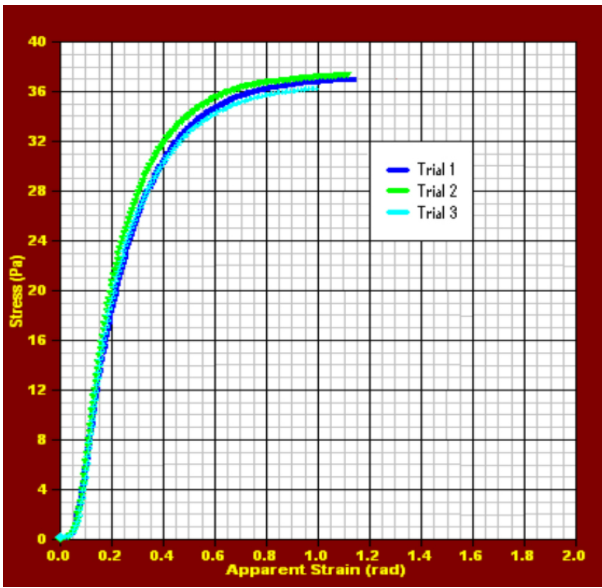
Figure 3: Dishwasher Detergent at 70°-72°C
Shear Stress vs. Apparent Strain
<<Download a pdf of this application note.
Contact us : This email address is being protected from spambots. You need JavaScript enabled to view it.
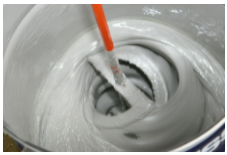
-
MonPM+07E_November+0700RNovPM+07_+07+07:0004
-
Created: 15 November 2021
Use
Various materials such as epoxies or other composite resins, slow curing adhesives, gelatins or hydrocarbon gels.
Test Equipment
Instrument: Viscometer or Rheometer
Spindle: Choice of either standard spindles, or preferably, disposable spindles and chambers for easy cleanup.
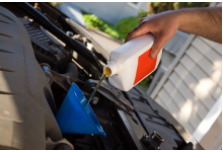
-
MonPM+07E_November+0700RNovPM+07_+07+07:0004
-
Created: 15 November 2021
Use
Motor Oil is used as a lubricant in internal combustion engines.
Test Equipment
Instrument: Viscometer or Rheometer
Torque Range: RV
Spindle: YULA-15E

-
MonPM+07E_November+0700RNovPM+07_+07+07:0004
-
Created: 15 November 2021
USE
Butter and margarine viscosity are extremely high. Force measurements can be used for these tests using a Texture Analyzer. Flow properties can also be measured using a Viscometer or Rheometer. The Brookfield RST-SST (Soft Solids Tester) can measure the flow properties with a test running under 60 seconds.
TEST EQUIPMENT
Instrument: RST-SST Rheometer
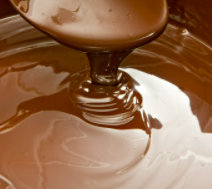
-
MonPM+07E_November+0700RNovPM+07_+07+07:0004
-
Created: 15 November 2021
USE
Chocolate is a tasty treat, frequently used in candies, icings, pastry fillings and numerous other desserts.
TEST EQUIPMENT
Instrument: Viscometer or Rheometer
Torque Range: HA
Spindle: SC4-27 Spindle with SC4-13RPY Sample Chamber
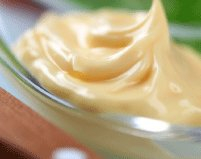
-
MonPM+07E_November+0700RNovPM+07_+07+07:0004
-
Created: 15 November 2021
USE
Mayonnaise is used as a dressing, typically mixed with other foods in making salads and sandwiches, for example.
METHOD 1
TEST EQUIPMENT
- Spring Torque Range: RV
- Spindle: T-D
- Accessory: Helipath Stand
- Speed, rpm: 10
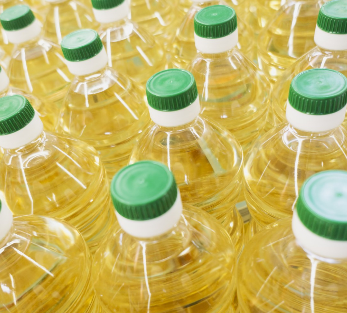
-
MonAM+07E_November+0700RNovAM+07_+07+07:0004
-
Created: 15 November 2021
USE
Corn oil is used for cooking, also as a salad oil and in the manufacturing of margarine.
METHOD 1
Test Equipment
Instrument: Viscometer or Rheometer
Torque Range: LV
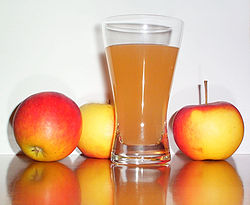
-
MonAM+07E_November+0700RNovAM+07_+07+07:0004
-
Created: 15 November 2021
USE
Apple juice is consumed as a beverage.
TEST EQUIPMENT
Instrument:
•Viscometer or Rheometer
•Spring Torque Range: LV








